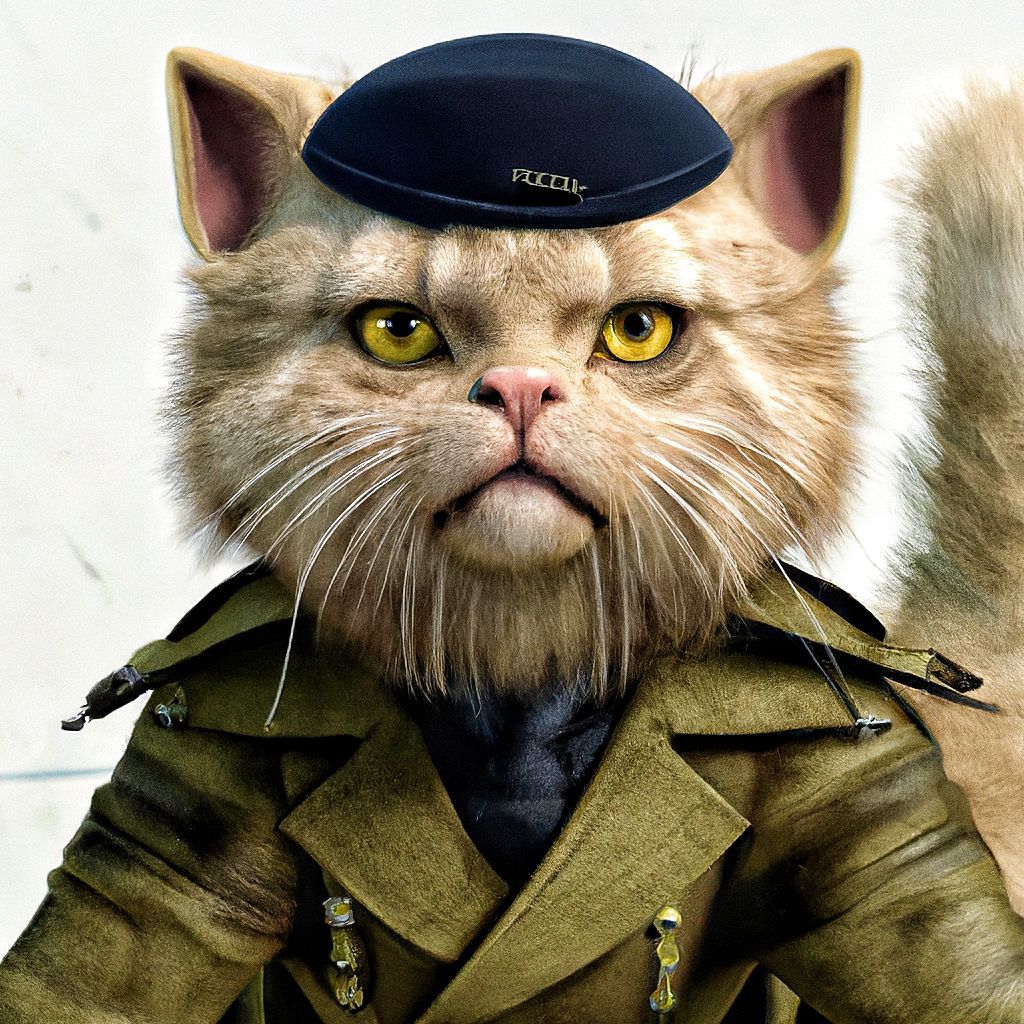Exploring "General Whiskers" & Sideburns: Facts & Fun!
Is it possible for a single fashion choice to forever alter the landscape of history and pop culture? The enduring legacy of facial hair, specifically the side whiskers, offers a resounding yes. From the battlefields of the American Civil War to the digital realms of internet humor, the influence of whiskers and those who sported them is undeniable.
The term "whiskers" itself, while seemingly simple, encompasses a fascinating spectrum. It can refer to the stylish sideburns, a fashion trend with roots in the mid-19th century. These side whiskers, as they were initially known, were popularized by a man whose name is now intrinsically linked to this facial adornment: Ambrose Everett Burnside. The very same name has also seen its share of the spotlight with the "General Whiskers" a social media personality that continues to entertain audience with its unique video content
Burnside, a graduate of the U.S. Military Academy at West Point in 1847, resigned his commission in 1853, the fashion-conscious general continued to influence the world around him. His military service in the American Civil War, where he served as a Union General, further cemented his place in history. But it was his distinctive facial hair that truly caught the public's eye. The side whiskers, extending down the sides of his face, became his signature, a visual identifier that would be emulated and adapted for generations to come. This particular style of facial hair, originating in the United States, evolved over time, eventually becoming known as "sideburns." This evolution speaks to the ever-changing nature of fashion and the lasting impact of individual style.
The story of sideburns, however, extends far beyond a single historical figure. The phenomenon of whiskers, in its various forms, has found a home in the digital age, particularly within online communities and humor hubs. The image, often associated with the "General Whiskers" nickname, took hold in internet humor and communities, earning several other nicknames such as meloncat, and helmet cat. The first tribute to the cat was created on April 28th, 2004, and numerous derivative instances followed.
Let's take a closer look at the man, the fashion, and the impact, presenting a bio with information.
| Category | Details |
|---|---|
| Full Name | Ambrose Everett Burnside |
| Born | May 23, 1824, Liberty, Indiana, U.S. |
| Died | September 13, 1881, Bristol, Rhode Island, U.S. |
| Education | United States Military Academy at West Point (Graduated 1847) |
| Military Service | Union Army, American Civil War |
| Rank | Major General |
| Notable Battles |
|
| Post-Military Career |
|
| Legacy | Originator of the sideburns fashion; a prominent figure in the American Civil War; served in state and federal government. |
| Reference | Britannica - Ambrose E. Burnside |
The legacy of "General Whiskers" extends to the realm of online humor, where an image gained traction and spread across internet hubs. It became a symbol of online humor. The story of this online persona serves as a demonstration of how images can go viral, and how this image was able to earn many nicknames, showcasing its adaptability to different comedic contexts. This demonstrates the ability of digital content to create an entirely new persona.
Military history provides further examples of the significance of whiskers. General Bergonzoli, nicknamed "Barba Elettrica" (Electric Beard) due to his flamboyant whiskers, was a recipient of the British Military Cross and Italy's highest decoration. This highlights the presence of facial hair as an identifier even in wartime contexts.
The story of whiskers is not just about famous figures, but also ordinary individuals. Consider the examples.
| Type of Whiskers | Description |
|---|---|
| Sideburns | Facial hair on the sides of the face, extending from the hairline to or beyond the ears. |
| Full Beard | Hair covering the chin, cheeks, and upper lip. |
| Mustache | Hair grown on the upper lip. |
| Goatee | Hair covering the chin. |
The impact of whiskers extends into other fields. In strategic military planning, "operation compass" led by General Richard O'Connor at the end of 1940 is an example of whiskers used in military context.
Beyond the aesthetics and military applications, the whiskers have also played roles in data analysis. The concept of box and whiskers is a key component in visualizing data distribution and identifying key statistics. It also helps to calculate the minimum and maximum values within a dataset, excluding any potential outliers.
The cultural significance of whiskers remains significant, from the battlefield to the internet and beyond. Whether you're plotting data, admiring vintage fashion, or appreciating a well-groomed beard, the whiskers will continue to leave their mark on our society.



